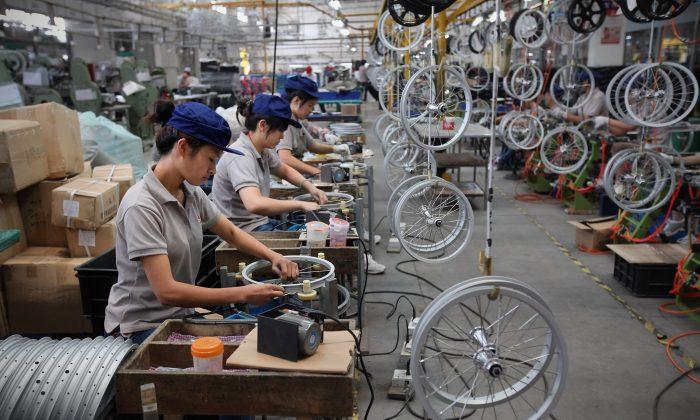There has been much debate recently over the federal government’s decision to modernize the 1974 General Preferential Tariff (GPT) program. Some economic observers, for example, have pointed out that such systematic changes could impact the price of certain consumer goods. And while these are legitimate and necessary discussions to be having, they only focus on one perspective, and are silent on the historical purpose of the GPT framework.
It’s important to note that the gradual elimination of tariffs on components and other consumer products has been and will remain a top priority for Canada’s manufacturing sector. But it is also important to keep in mind that the elimination of these tariffs should first (and foremost) be subject to bilateral, or—ideally—multilateral, negotiations that include an element of reciprocity.
The original purpose of the GPT program, created almost four decades ago, was not about consumer rights, but rather a foreign-aid program aimed at helping the poorest nations of the world to increase their exports of manufactured goods through better access to western consumers. Most industrialized nations have similar foreign aid initiatives, with their own GPT programs, and their own list of countries that they consider as among the poorest.
While there is no doubt that countries such as China and India were in great need of this kind of foreign assistance back in 1974, the situation has obviously evolved. Many of the countries that were originally listed for the GPT program now have economies larger than ours, with annual economic growth that far exceed the G7 average, or even the OECD average. The government`s decision to modernize this foreign aid program by removing some countries from the GPT list is a good decision, and is one that should probably occur more often than every 40 years.
We do, however, need to consider the impact of this decision on consumer goods. It is important to clarify that tariffs only apply to consumer goods because the government has eliminated all tariffs on parts and components used for the assembly of final products in Canada. It is also key to note that most consumer goods—97 percent of them in fact—enjoy a zero percent custom tariff in Canada. Among the remaining three percent subject to a tariff, about two-thirds are collected on apparel and textile products, automobiles and automotive parts, and footwear. Most custom tariffs on these goods are low; they vary from 0.8 percent for certain types of machinery and equipment to 6.7 percent for certain vehicle parts. The difference between the “normal” and the GPT tariff is minimal—for most goods, the average difference between the two tariffs is between 3-5 percent, which represents only a tiny share of the final price of products you buy at the store.
Remember: these tariffs apply to the price of products before they go through Canadian borders—they do not apply on the retail price of products. The cost of goods at the border represents less than one-fifth of the final price of the goods you buy in the store.
While the ideal world would be one in which tariffs are eliminated in all countries, the reality is quite different. Most developing nations are still imposing higher custom tariffs than the ones applied in Canada, largely to protect their own manufacturing industries. Canada cannot unilaterally abolish all tariffs to please consumers. The government’s role is to find the right balance between consumers, manufacturers and Canadian workers. And that starts with dialogue. Canadian custom tariffs should be subject to broader negotiations, like the ones the federal government is pursuing with the European Union and other countries around the globe. We must expand the conversation, and ensure all factors are taken into account.
Jayson Myers is the President & CEO of Canadian Manufacturers and Exporters.
